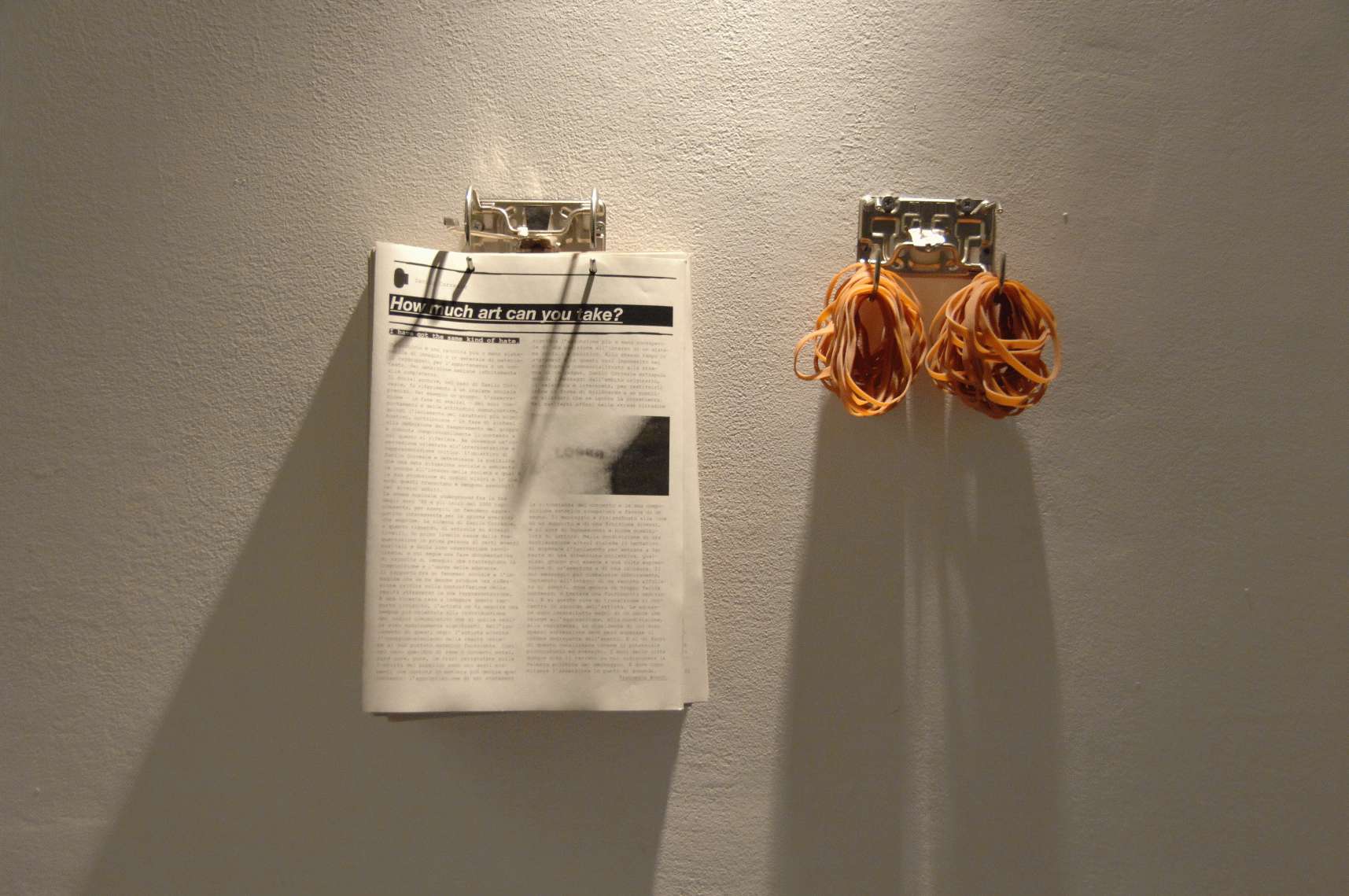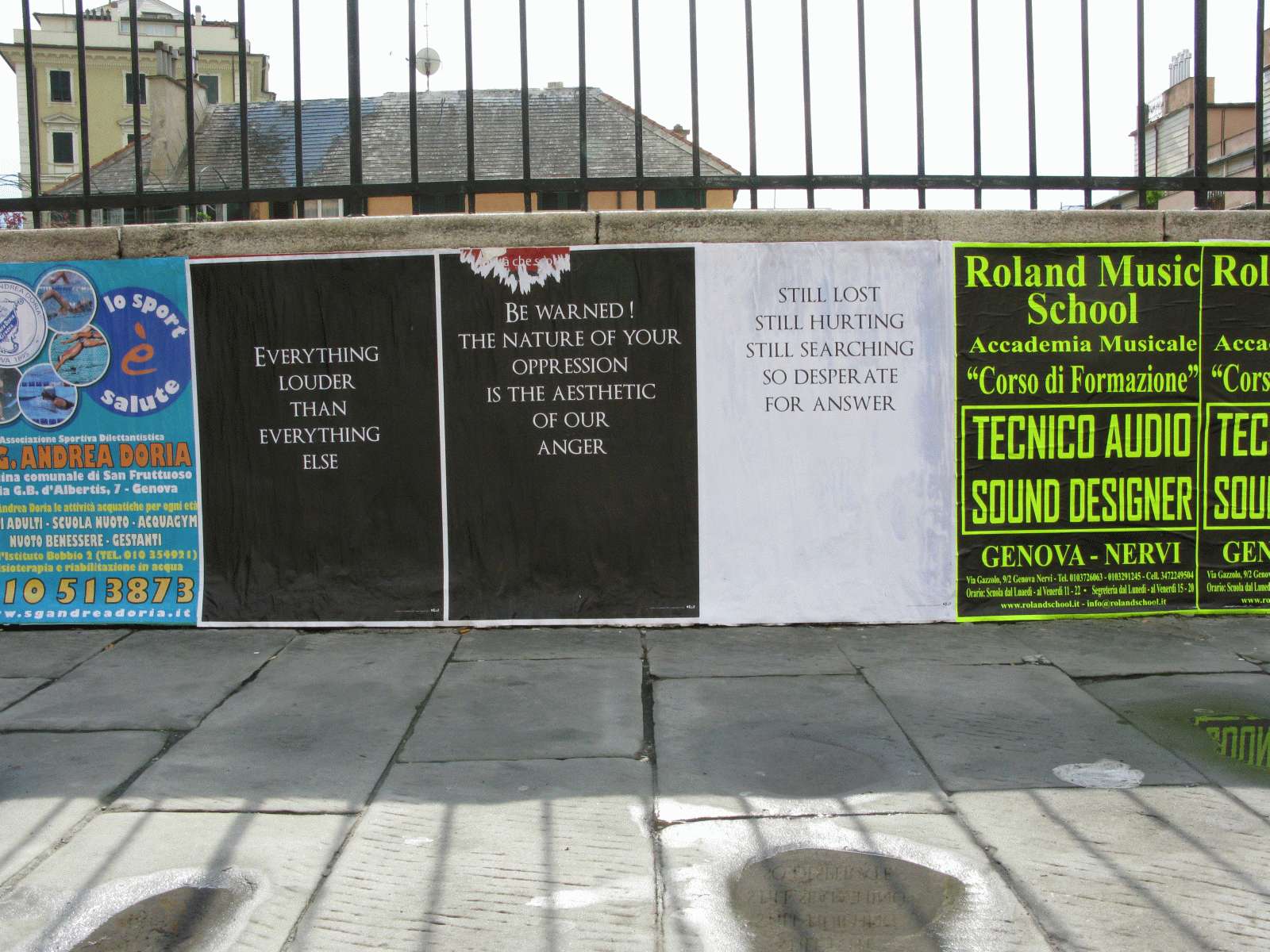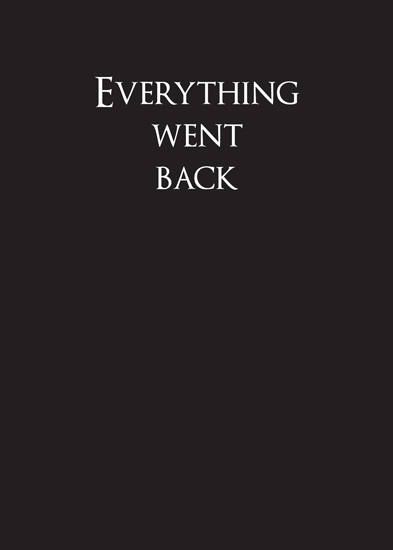October 1st – November 21st, 2009
How much art can you take ? is a project born from a visual archive that Danilo Correale has been putting to-
gether along the years thanks to his interest for the metal, hardcore, punk, and generally underground scene, thus making up a sort of “spontaneous” documentation of this cultural and social imagery. The name of this
project comes from a song by SS Decontrol, a Straight Edge Hardcore band from Boston of the early 80s. With
this song, the band bitingly challenged the situation of art and music production of that time.
How much art can you take ? implies a reflection from two points of view. On the one hand, this reflection is
based on the artist’s collection of visual material, which is connected to the underground scene between the
end of the 80s and the beginning of the 21st century. On the other hand, it focuses on a problem connected to
the social meaning these situations convey.
Underground concert can not simply be seen as aggregation chances. More often, they are the result of an active, common resistance – a disagreement often expressed by complex cultural sceneries from which a social index can be decoded. In this context, the D.I.Y. passage of a message from a private to a public condition, such as screen-printing on t-shirts, becomes a powerful means to spread a group’s (and a generation’s) ideas outside the music milieu. Besides focusing on the cultural context, the artist also needs to work with this material from a theoretical point of view. Does it really reflect these images? Due to an overproduction of images and imagery, action moves to an analytical level.
The intervention Danilo Correale plans in Genoa includes both a project based on public spaces and an instal-
lation. A set of posters will be put up on the city streets from the end of September onwards. These posters propose some sentences taken from the artist’s visual material as reflection hints – sentences that turn into
aphorisms, desecrating and evocative statements. The artist’s work in Genoa’s urban spaces results in a text
path, which is strongly correlated with imagery: the absence of figuration gives rise to a general reflection on the meaning of the message itself. At the same time, in the space in Via Sant’Agnese an installation is propo-
sed, which reflects itself in the whole exhibition area.













